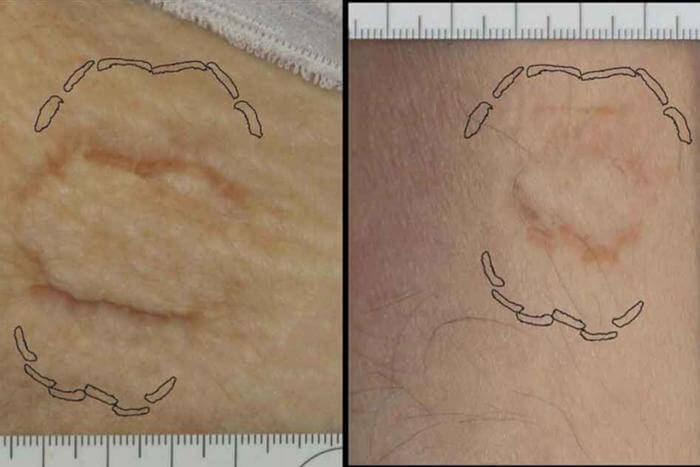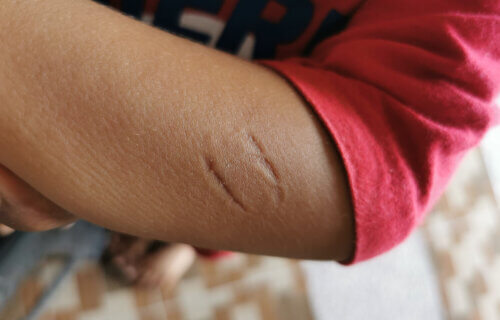BUFFALO, N.Y. — Using bitemark evidence during criminal trials could be sending the wrong people to prison — or worse. A new study finds that this type of evidence seriously flawed and has contributed to wrongful convictions and death sentences in the United States. This prevalent form of analysis presented during trials is not supported by scientific evidence, as indicated by a review of existing literature and 12 new studies.
The practice of using bitemark evidence became widespread following the 1979 trial of serial killer Ted Bundy, where this form of evidence played a significant role in the case. However, a team from the State University of New York in Buffalo believes that this “flawed” evidence has led to at least 26 wrongful convictions and death sentences.
According to their findings, bitemarks on skin do not transfer accurately, and even minor distortions could potentially match a large number of individuals.
“In his 1979 trial, the distinct imprints of his teeth was key evidence and the national attention given to this trial put bitemark evidence on the map. The scientific community does not uphold the underlying premises that human teeth are unique and their unique features transfer to human skin,” says Mary Bush, an associate professor at the University in Buffalo and lead author of the study, in a media release. “We find bitemark transfer to skin is not reliable and found that within a population of 1,100 people, with just 25% distortion, a significant number of the population could have created the bite. Our findings are a cautionary tale of how dangerous the consequences can be when it is relied on in trials.”
The study also revealed that there is significantly more malalignment, and thus fewer matches, in lower teeth compared to upper teeth. The researchers were able to study distortions in actual indentations left on skin by teeth.

The study cites the case of Keith Allen Harward, who served 33 years in prison for a crime he did not commit, with a bitemark on the victim’s skin being the primary evidence used in his conviction.
“Results from DNA testing proved that Harward could not have committed the crime and the real perpetrator was identified. Harward was subsequently released from prison,” adds Prof. Bush.
In another case, Eddie Lee Howard, a Black man, was sentenced to death in 1994 for the murder of a White woman. He was convicted based on bitemark evidence and spent 26 years on death row before being exonerated.
“A new forensic opinion regarding bite marks, along with powerful alibi witnesses and DNA from the murder weapon, excluded Mr. Howard, proving his innocence,” states The Innocence Project, an organization committed to exonerating wrongly convicted individuals.
Howard was released from Mississippi’s death row in December 2020. The findings of this review align with previous studies suggesting that bitemark evidence is unreliable and should not be used in trials. In 2009, the National Academy of Sciences released a 300-page report on forensic science, stating that the claim that dentists could identify a perpetrator by matching their dental patterns to marks on victims’ bodies had never been supported by any scientific study. Yet, this analysis is still used in courtrooms today.
A recent review by the U.S. National Institute of Standards and Technology (NIST) also found no support for the main premises of the field: the uniqueness of human dentition at an individual level, the ability to accurately transfer this uniqueness to human skin, and the accurate capture and interpretation of identifying characteristics through analysis techniques.
The researchers hope that their review will raise awareness of the unreliability of bitemark evidence, the potential issues associated with it, and the possible legal ramifications of testifying in trials based on such evidence.
The study is published in the Journal of the California Dental Association.
South West News Service writer Jim Leffman contributed to this report.

